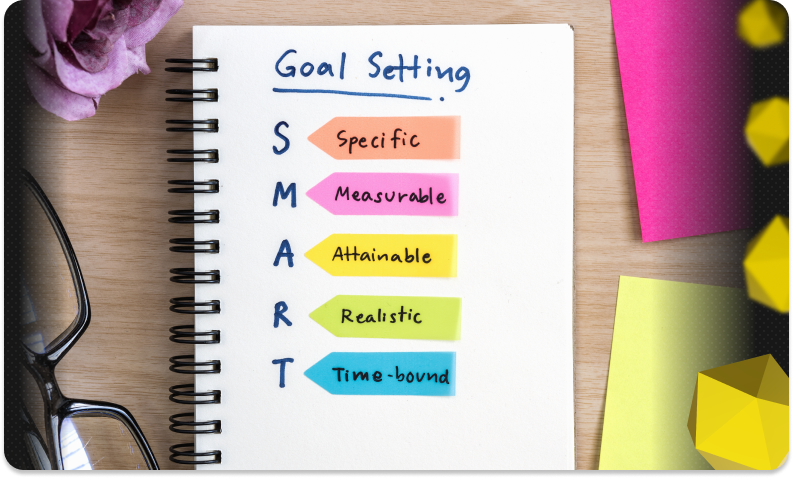Content of the article

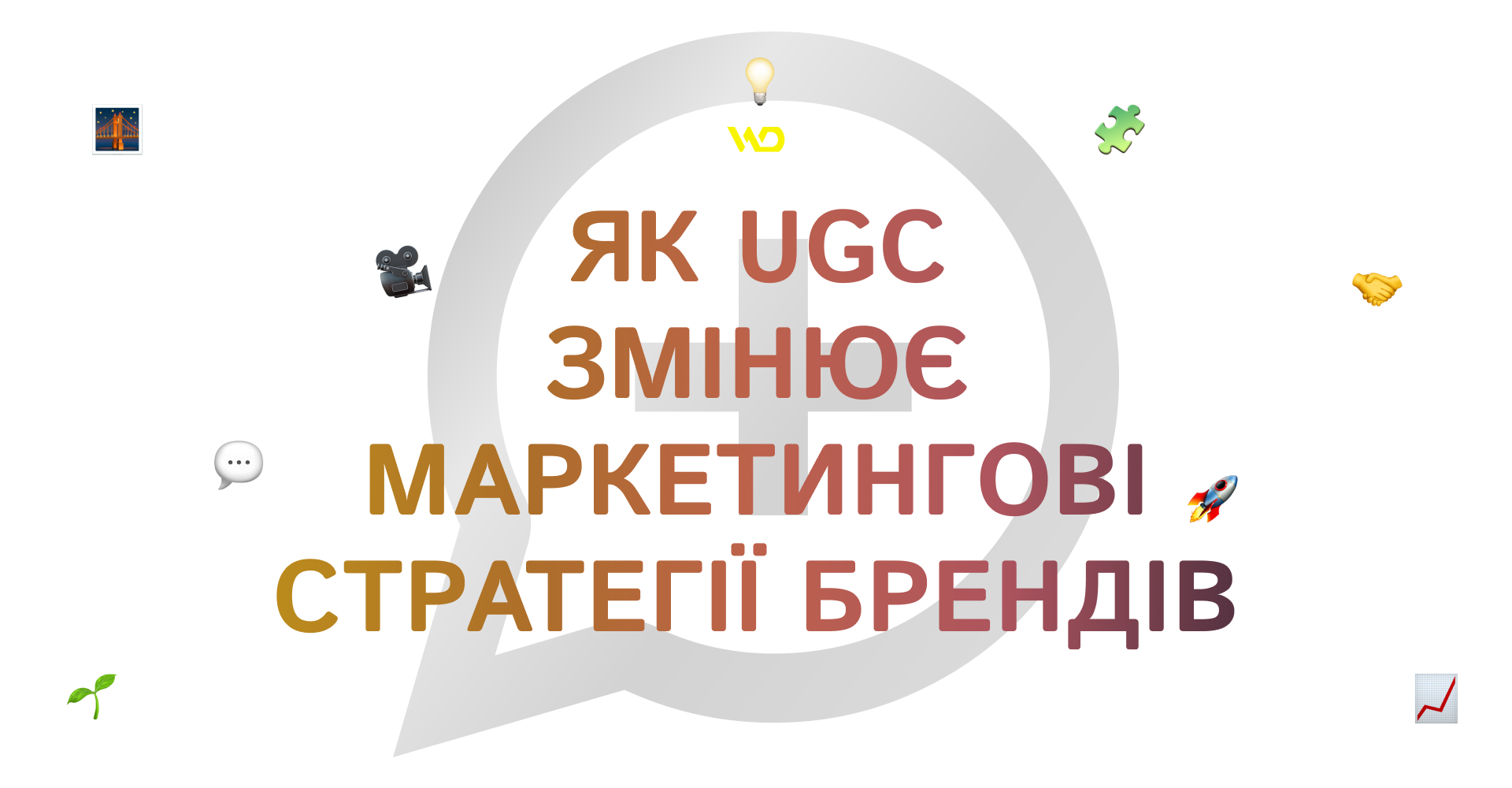
User-generated content (UGC) is becoming the driving force behind modern marketing strategies. It creates a bridge between the brand and the audience, increasing trust and engagement. UGC not only optimizes the cost of producing materials, but also forms a real community around the product.
In this article, we will discuss the key concepts of UGC, its impact on brand strategies, practical cases of successful campaigns, integration into marketing strategy and potential risks, and future trends in user-generated content.
What is UGC?
UGC is any content created by users themselves – customers, fans, or brand ambassadors. It can be social media posts with photos of their own experiences, testimonials, video product reviews, and more, where people share their impressions of using a product.
The main channels where UGC can be used are:
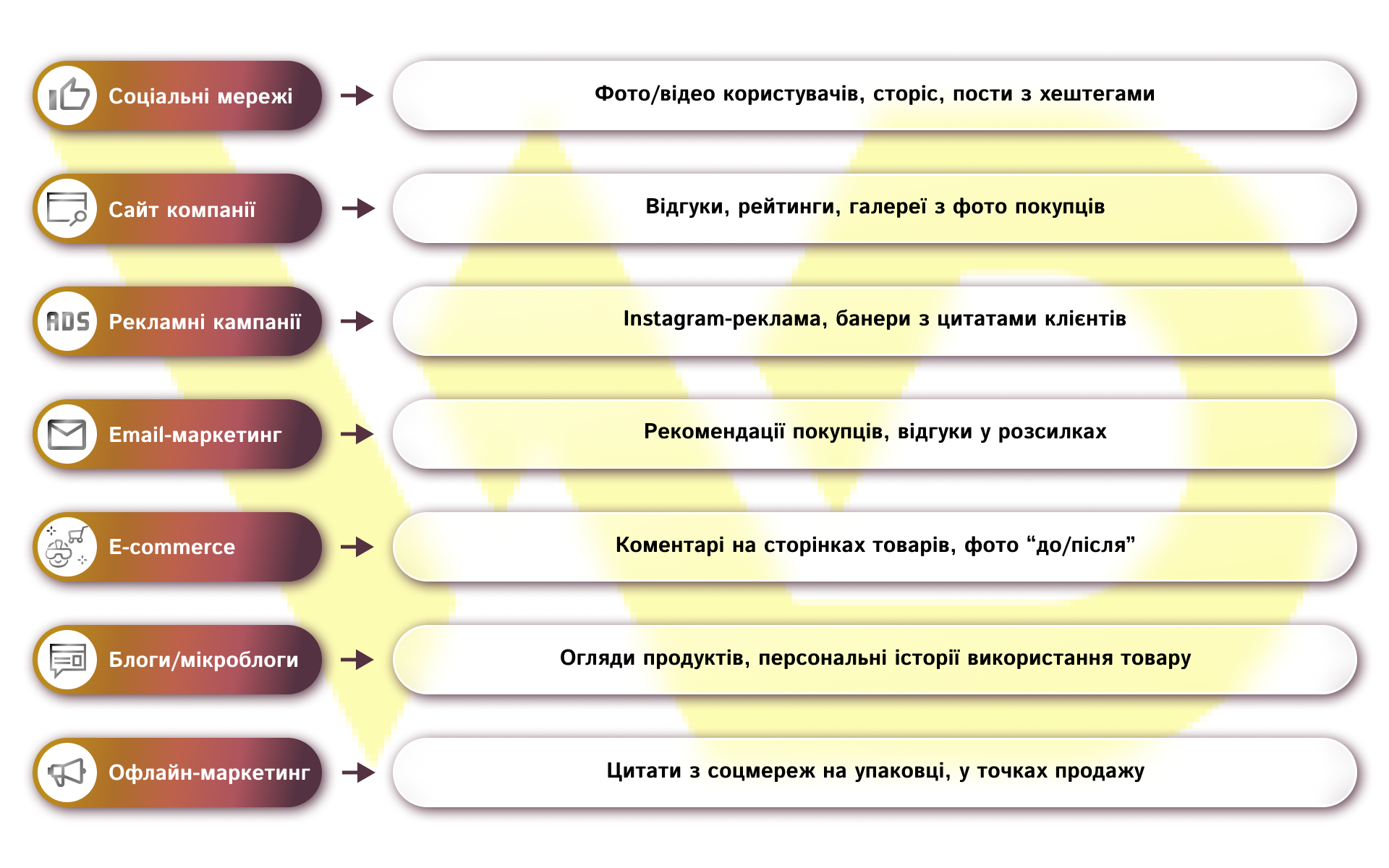
Unlike professionally directed materials, UGC is distinguished by its sincerity and genuineness. The authors do not adapt to a single «brand» style: they tell about their emotions and real stories, and this transparency helps other consumers feel trust and interest.
Why is UGC becoming a key marketing tool?
In the digital environment, brands are increasingly evaluating the success of campaigns by social metrics, and this is where UGC content shows impressive results.
- Social proof and trust.
Consumers trust each other more than they trust advertising. According to a Bizcognia study, 79% of people take online reviews as seriously as the advice of loved ones. This trust translates into organic customer acquisition without any additional advertising costs.
- Growth of organic interaction.
UGC posts demonstrate significantly higher audience engagement. According to a review of data from Social Media Today on the Movig website, UGC content receives 28% more likes, comments, and shares than regular branded posts. This helps to spread brand messages more effectively across all social networks.
- Improving the effectiveness of Instagram ads.
When brands use UGC as part of paid campaigns, the results also exceed expectations: Instagram ads with user-generated content have a 50% higher engagement rate compared to standard advertising creatives (source). This allows you to reduce the cost per engaged user.
- Returning visitors to the site.
According to Movig, a report by TurnTo Networks states that brands that incorporate UGC into their websites receive 20% more repeat visits as visitors feel a deeper connection to the brand after experiencing real-life stories.
Thus, clear social metrics of trust, engagement, and repeat visits prove: UGC is not just a trend, but a measurable tool that enhances the effectiveness of marketing strategies without unnecessary costs.
The impact of UGC on marketing strategies
UGC allows brands to move from one-way broadcasting to a live dialog with the audience, while improving key behavioral metrics and developing loyal ambassadors.
Improved SEO metrics
UGC automatically fills the site with fresh, relevant content, which significantly increases the average time spent on the page (dwell time). Comments and user reviews encourage visitors to scroll up and down the page, comparing different posts, which on average increases the session time by 20-30%. Separate blocks with photo galleries and text stories encourage users to explore the site deeper, increasing the number of pages viewed per session by 1-2 units. As a result, search algorithms define the resource as more useful and relevant, which increases its position in organic results.
Using UGC tools to build trust
To maximize the effect of social proof, integrate widgets with reviews directly on product cards and connect automated quotes in email newsletters. Dynamic «Customer Story of the Week» blocks in social media feeds showcase real-life examples of product use, creating a sense of continuous dialogue with . Such elements not only reflect the authenticity of the brand, but also make it easier for a potential customer to make a purchase decision when they see live examples.
Building communities and ambassadors
UGC campaigns form a core of active brand advocates. Reward the most active participants with badges, statuses, or invitations to exclusive events and private testing of new products. These ambassadors become the voice of the brand in their circles, regularly generating content and inviting friends to join in. Thanks to this strategy, the brand receives a steady stream of authentic content and improves its reach without additional costs for paid advertising.
In general, integrating UGC into a marketing strategy allows not only to optimize SEO and behavioral metrics, but also to turn the most active users into real ambassadors who increase brand awareness and trust.
Examples of UGC campaigns
Below are four vivid case studies that demonstrate how different UGC mechanics help brands engage their audiences and achieve specific business results.
Coca-Cola #ShareACoke
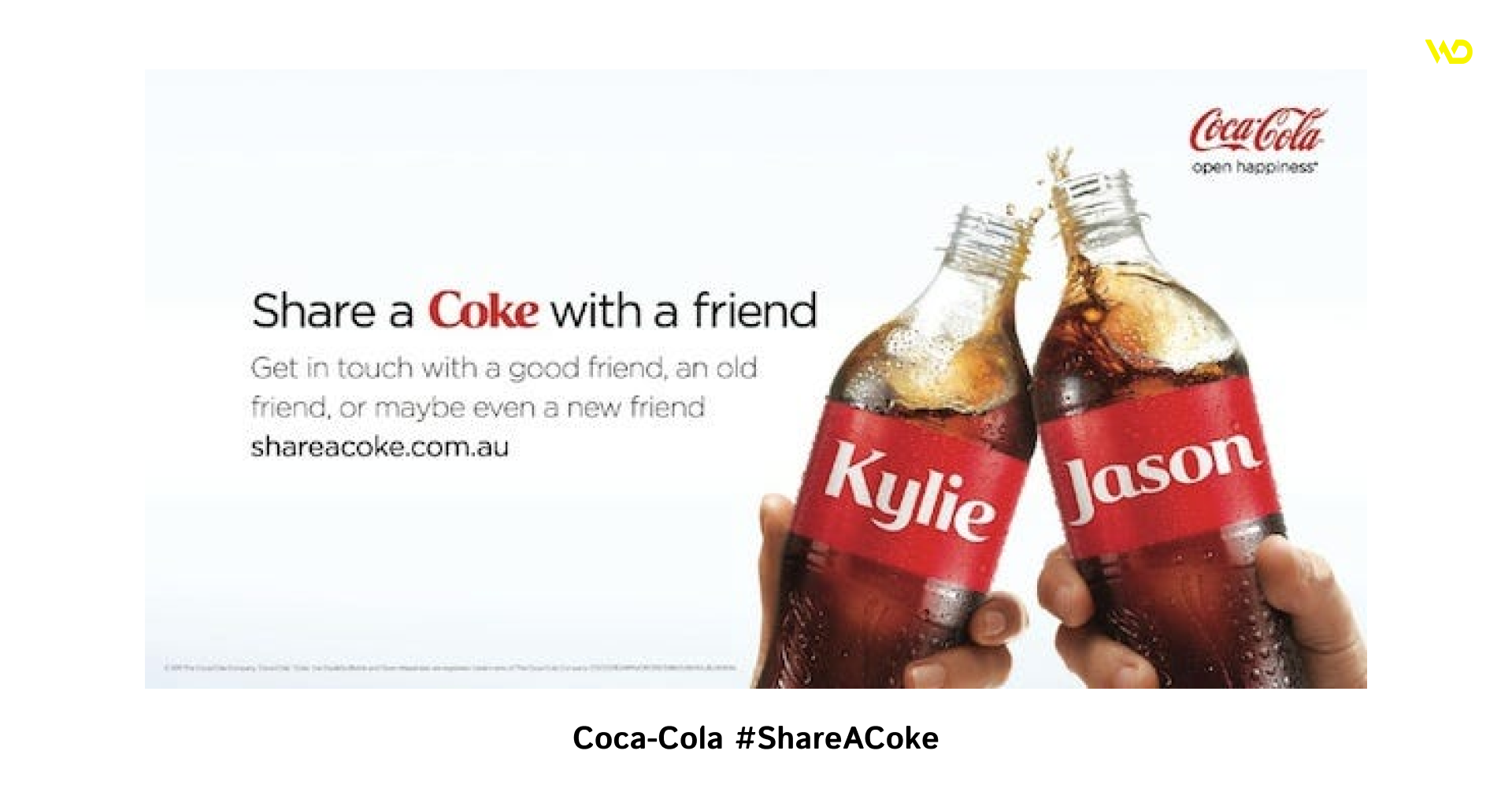
As part of the Share a Coke campaign, the brand replaced its logo with popular names on bottle labels. Consumers searched for their name, took a picture with the bottle and shared it with the hashtag #ShareACoke. This approach led to an 870% increase in social media mentions of the brand and a 2% increase in sales in just the first three months.
GoPro #MillionDollarChallenge
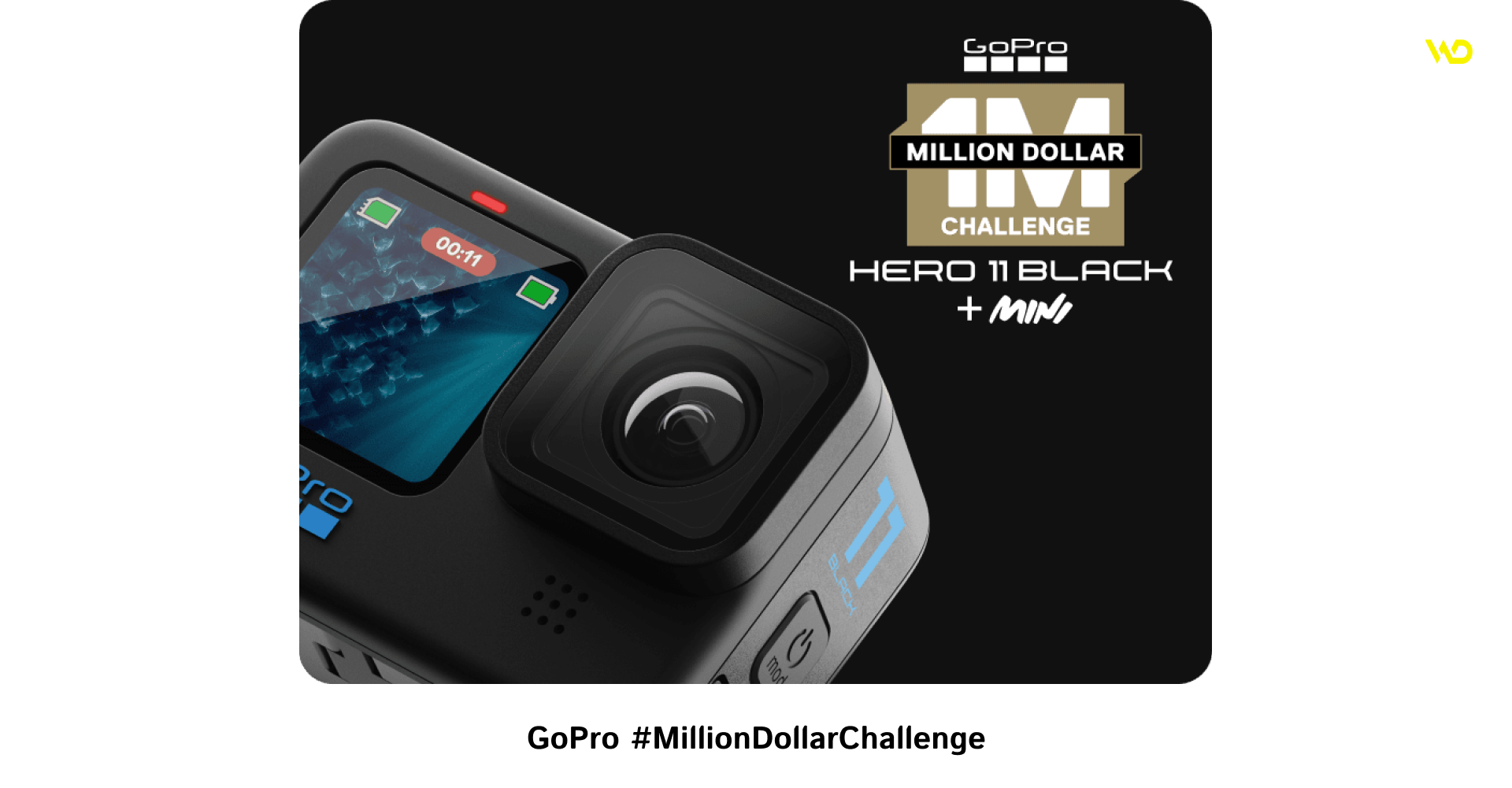
GoPro launched the Million Dollar Challenge, where camera owners sent their best action videos with the hashtag #MillionDollarChallenge. Every month, the brand selected winners who shared a prize pool of $1,000,000. The selected videos were published on GoPro’s official channels, giving the authors the opportunity to showcase their work to millions of viewers. Thanks to this initiative, the company received more than 500,000 videos from users and increased its subscriber base on YouTube and Instagram by 25% – without spending any money on professional shooting and editing.
Starbucks #RedCupContest
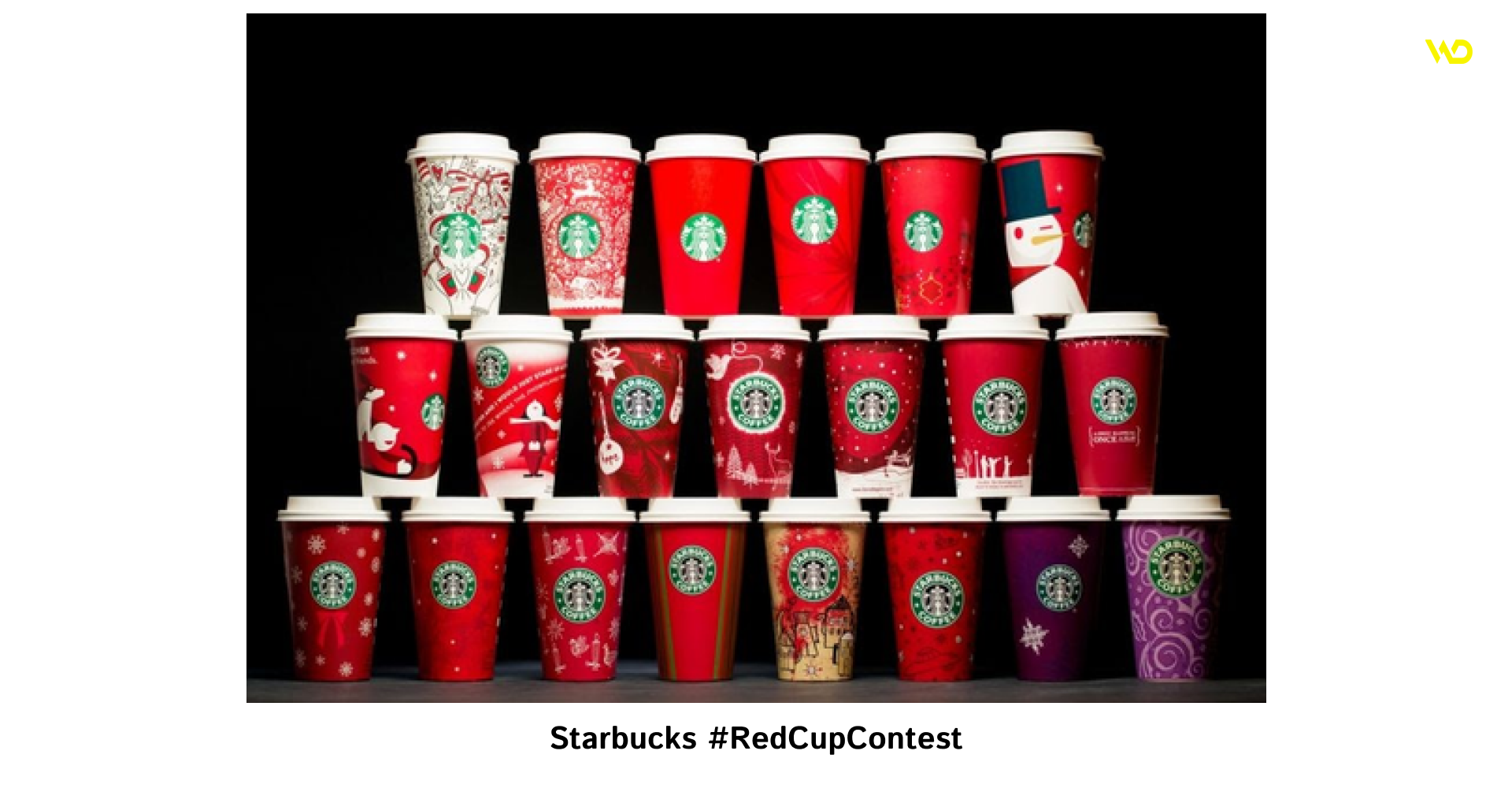
Every year at the end of November, Starbucks announces the Red Cup Contest – participants share photos with festive red cups. The winners receive certificates for free drinks, and all publications are complemented by a brand book and email newsletters. In 2023, this mechanic gathered more than 40,000 posts in two weeks and increased traffic to the website by 15%.
Samsung «Share Your Epic Moment»
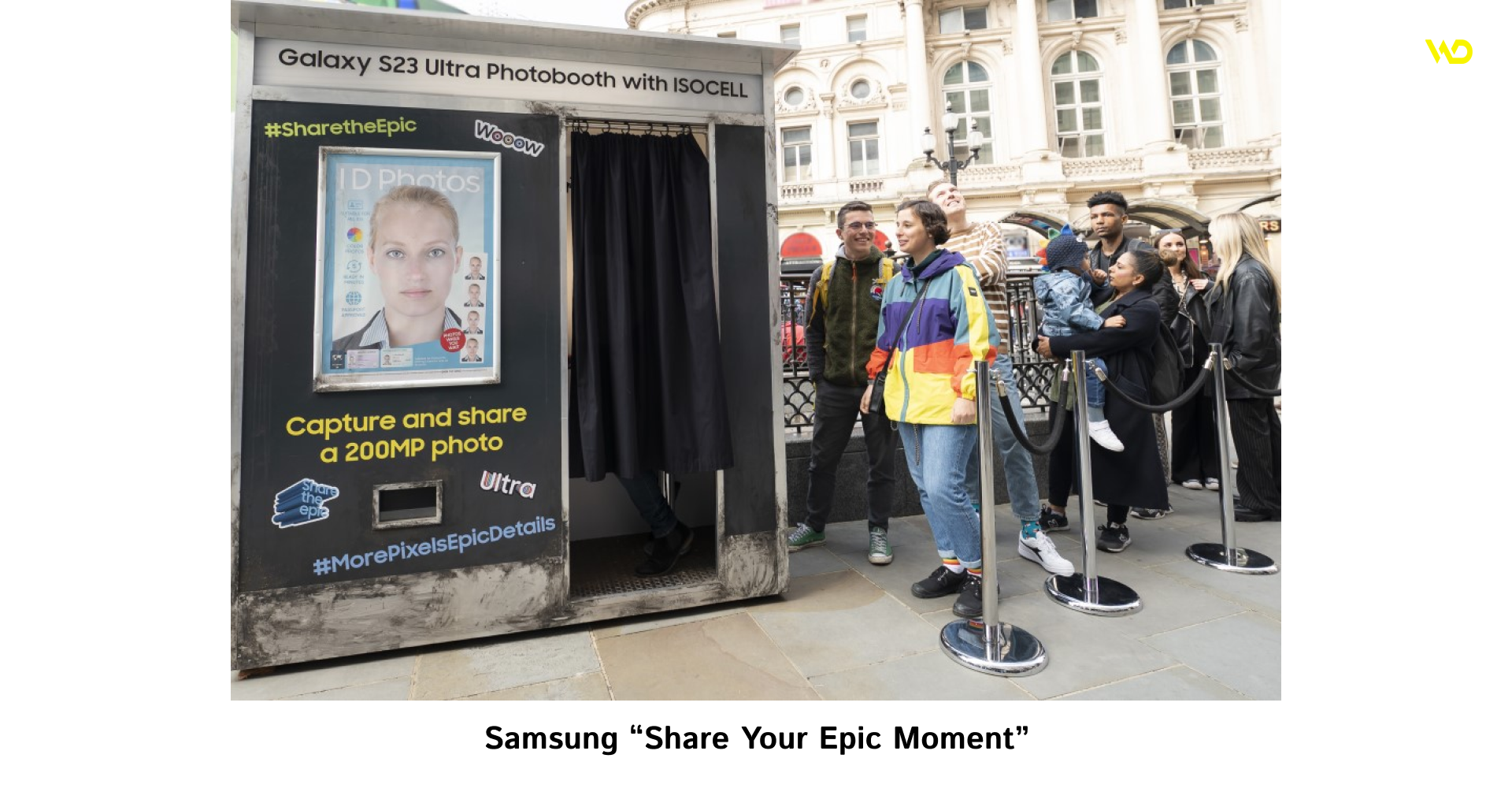
In May 2023, Samsung opened a photo booth in London with a Galaxy S23 Ultra with a 200 MP ISOCELL sensor right on Piccadilly Circus. Visitors took photos in the booth, and the robotic system instantly displayed them in high resolution on a huge digital billboard (one of the largest in Europe). Over two days, more than 200 people entered the booth, and more than 800 unique photos were taken, showing extreme clarity at up to 8.5x magnification. This activation turned casual passers-by into content creators, providing Samsung with a significant influx of UGC photos and broad organic social media attention.
These cases show that well-organized UGC does not require large budgets and can quickly scale reach, build trust, and turn ordinary customers into active brand ambassadors, creating a real community around the product.
UGC integration: internal processes
For UGC to become an integral part of your marketing strategy, you need to clearly establish your internal infrastructure and assign roles. Below is a step-by-step plan with key milestones:
- Assigning roles and setting goals.
The first step is to formalize responsibilities: choose a manager or team to coordinate all UGC activities. Together with the management, agree on the main business goals – whether it’s to increase organic traffic, increase conversions to sales, or strengthen the loyalty of regular customers. Clearly defined goals will help you measure the effectiveness of your campaigns in the future.
- Setting up the technological foundation.
Choose a tool for collecting and processing UGC: it can be a specialized platform (TINT, Yotpo) or your own form in the CMS. Integrate APIs with major social networks to automatically collect posts by hashtags and mentions. Add spam filtering and tone analysis modules to pre-screen inappropriate content.
- Develop internal moderation rules.
Prepare a detailed checklist for moderators with criteria for compliance with brand standards: from the design of posts to the quality of photos and the absence of prohibited elements. Determine the procedure for agreeing on content rights, the time frame for processing each application, and the algorithm for resolving conflicts with authors. Such regulations will ensure consistent quality and speed of response.
- Legalization and data protection.
Involve the legal department to create templates of agreements with UGC authors: clearly define the terms of transfer of rights to photos, videos, and text. At the same time, the SMM team prepares instructions for processing personal data in accordance with the GDPR and Ukrainian legislation. This reduces the risk of claims and increases user trust.
- Performance monitoring and continuous improvement.
Establish a regular cycle for collecting metrics: the amount of UGC collected, moderation speed, number of rejected materials, and false filter rate. Analyze these metrics on a monthly basis and update internal guidelines by adding new selection rules or automating them with AI tools. This will make the process as fast, transparent, and efficient as possible.
By following this plan, you will create a transparent system for working with user-generated content that will ensure a steady flow of quality materials and support the achievement of business goals.
Best practices and recommendations
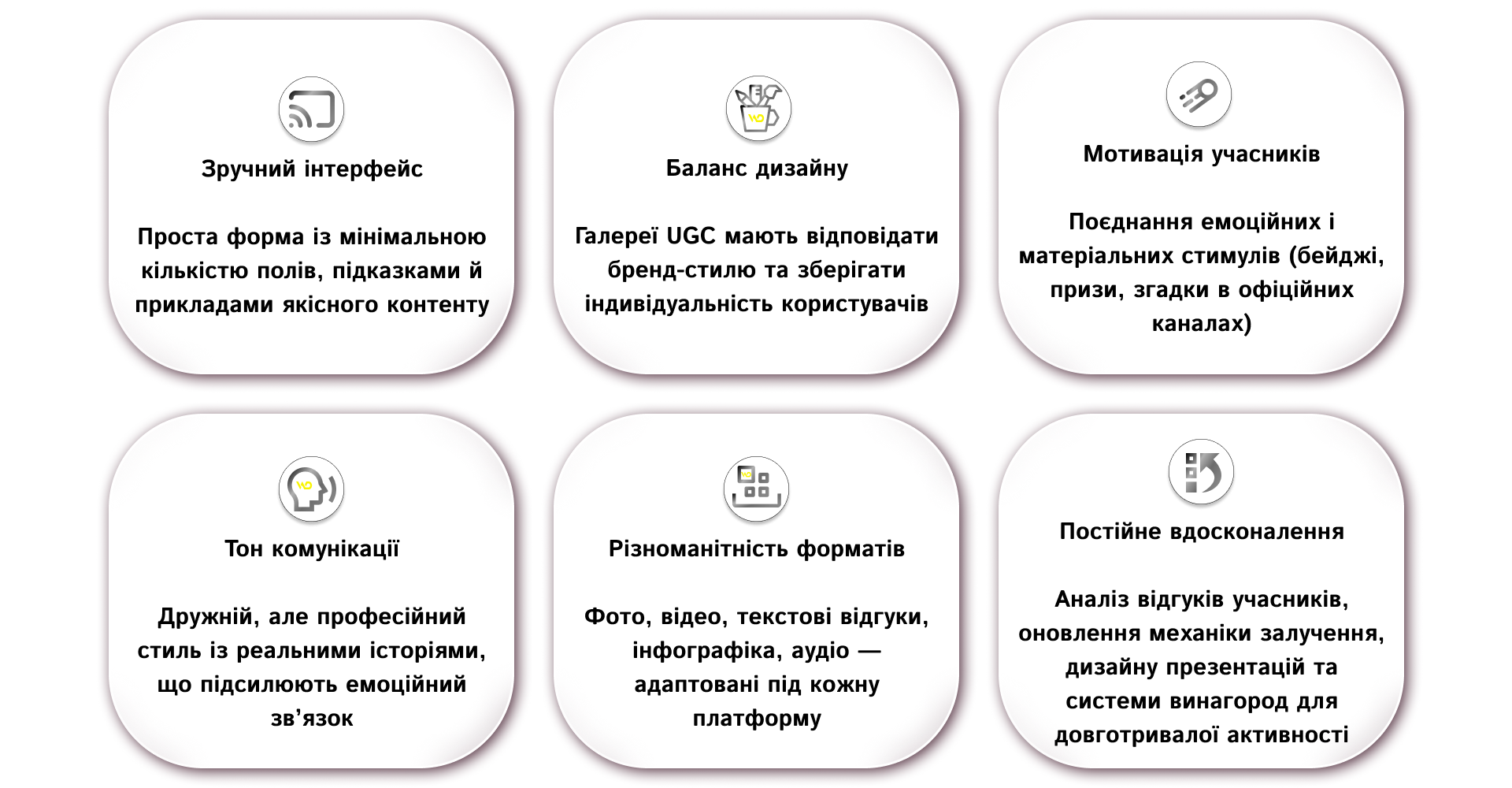
The design and the way you interact with users play a key role in how the audience perceives a UGC campaign. First of all, you should take care of a clear interface for submitting materials: on a website or social media, it should be a simple form with a minimum number of fields, intuitive tips, and examples of quality content. The visual design of user photo or video galleries should match the overall brand design, but not «fade» due to excessive stylization. Strive to maintain a balance: maintain a recognizable brand look and feel – through colors, fonts, and general layouts – but leave enough room for users’ personal expression. This combination allows you to maintain the authenticity of the content without losing the integrity of the brand’s visual communication.
Motivation of participants is based on a combination of emotional and material incentives. We’ve already discussed this in the section on building communities and ambassadors above, but we’d like to emphasize the importance of this element once again.
It is equally important to think about the tone of communication: use a friendly but professional style in promotional texts and posts. Instead of dry announcements, write about real stories: tell how a user’s past idea influenced the product, or vice versa – how the product became part of someone’s life. Such narratives strengthen the emotional connection.
At the publishing stage, choose a variety of formats – photos, videos, text reviews, infographics, and even audio. This will help you reach different audience segments and avoid monotony. Additionally, adapt your materials to each platform: on Instagram, post short videos in Reels, on your website, create full interviews with authors, and in email newsletters, use quotes and concise photos.
The use of these external practices combined with well-thought-out internal processes allows you not only to collect a large amount of UGC, but also to turn it into a powerful tool for attracting and retaining an audience. Constantly analyze feedback from participants to improve the form of engagement, presentation design, and reward system, and your campaign will always remain alive and relevant.
Risks of working with UGC
Using UGC has significant benefits, but it also involves a number of risks that need to be considered at every stage of UGC.
Below is a detailed description of potential problems and recommendations on how to prevent them.
- Reputational risks and negative content. Even the best brands sometimes receive unwanted feedback or criticism in user posts. If negative content remains in a prominent place or spreads quickly, it can scare away some of the audience. It’s worth developing a response plan in advance: respond to criticism promptly, turn negativity into constructive dialogue, and, if necessary, hide materials containing offensive or illegal statements.
- Verify authenticity and brand compliance. Not all UGC materials reflect real user experiences: sometimes there are bot accounts, spun reviews, or «paid» posts. To avoid falsifications, you should implement tools to automatically check the tone and origin of content, as well as engage moderators for selective manual verification.
- Compliance with intellectual property rights. Users may post photos, music, or videos that are protected by third-party copyright. Using such materials without permission may result in legal claims and fines. It is recommended to check the origin of stock elements before publishing and to conclude a simple license agreement with the authors on the transfer of rights to use the content.
- Privacy violations and personal data protection. UGC sometimes contains personal information: people’s faces, geolocation, contact details. Without proper processing, such materials may violate the GDPR or local data protection laws. It is important to implement anonymization mechanisms (blurring faces, hiding addresses) and obtain clear consent from the authors to process their data.
- Inconsistent brand messages. Different users can interpret a brand in different ways, which leads to contradictory or inconsistent images in publications. To avoid communication fragmentation, develop a short brand guide for UGC: minimum requirements for tone and design that will help maintain the integrity of the image.
- Content overload (oversaturation). Too much UGC material without proper selection can distract users and reduce the effectiveness of brand messages. It is recommended to set a limit on the number of displayed posts per week or month and periodically update the galleries with new, relevant cases.
- Technical and security threats. UGC formats can become a channel for the distribution of malicious links or attacks through scripts (XSS). Ensure that uploaded content is regularly scanned by antivirus and web firewalls, and limit the possibility of inserting third-party scripts into comment fields.
Careful consideration of these risks will allow you to create a safe, transparent, and consistent UGC process, minimizing potential losses and building audience trust.
Future UGC trends
In the coming years, UGC will undergo a real revolution due to the introduction of artificial intelligence, which will not only speed up the moderation and classification of materials, but also help brands analyze the emotional coloring of messages in real time. The use of AI applications will allow to automatically select the most relevant UGC for different audiences, adapting the tone and style of publications to individual user preferences, which will contribute to deeper personalization of communication.
At the same time, the popularity of product co-creation will grow, when brands involve the audience in the development of new ideas, designs, or even flavors. This approach will not only strengthen loyalty, but also ensure that the solutions offered meet market expectations to the fullest extent possible. At the same time, the development of augmented and virtual reality (AR/VR) technologies will allow organizing interactive events with live participation of users who will create content directly in the digital space. This will open up new opportunities for brands in the field of virtual presentations and demonstrations, making the consumer experience even more exciting and engaging.




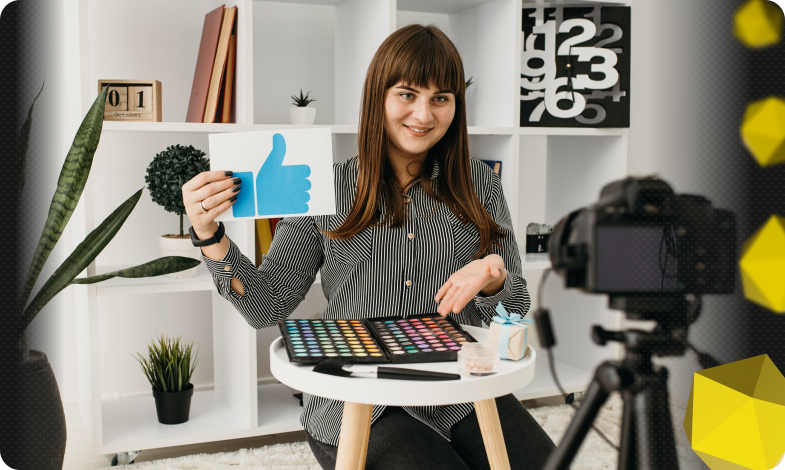

 12/08/2025
12/08/2025  1456
1456


